What Are Pedigree Cats? All You Need To Know.
By: Dorris Abraham
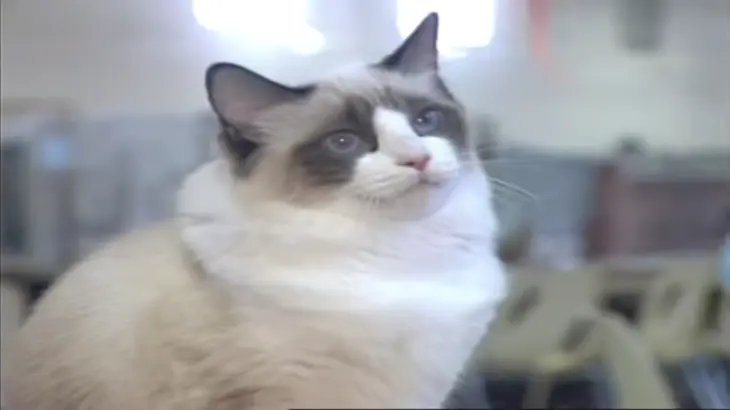
The information in this article is intended to educate cat parents and is not a substitute for veterinary guidance. In case of any concerns about your cat’s health, please talk with your veterinarian.
What is A Pedigreed Cat
A pedigreed cat is one with a documented lineage that traces its ancestry and breed. This verified family tree, or pedigree, is recognized by various cat registration organizations, ensuring the purity of the breed.
Cat Registration Organizations
There are several major cat registration organizations around the world, each with its own focus on breed standards and welfare. Here are some of the most prominent:
The Cat Fanciers’ Association
Established in the United States, CFA is the oldest and one of the most respected cat registries globally, recognized for its rigorous breed standards.
The International Cat Association
As the largest global cat registry, TICA registers an extensive variety of cat breeds and operates internationally, promoting feline welfare and exhibitions.
The Governing Council Of The Cat Fancy
Based in the United Kingdom, GCCF is known for its high standards of cat welfare and does not register breeds with known genetic health issues.
Federation Internationale Feline
This international registry has members across Europe, South America, and Asia, ensuring cat registration and welfare standards worldwide.
Each of these organizations plays a vital role in maintaining breed standards, promoting responsible breeding, and advancing feline welfare.
What is A Purebred Cat
A purebred cat has ancestors—parents, grandparents, and great-grandparents—all from the same breed. However, without an officially recognized pedigree or lineage documentation from a certifying organization, the cat might still be purebred but cannot be classified as a ‘pedigree’ cat.
Difference Between A Pedigree And Mixed-Breed Cat
Cat registration bodies recognize specific traits and behaviors in pedigree cats, which are bred to maintain particular characteristics within a breed. Pedigree cats come with a documented lineage, ensuring consistency in their traits. On the other hand, mixed-breed cats, often called moggies or non-pedigrees, do not have a recorded ancestry and are usually a blend of various breeds.
| Features | Pedigree Cats | Mixed-breed Cats (Moggie) |
| Definition | These are cats which have been bred selectively to have certain predictable physical and behavior characteristics. | Common or domesticated cats that have mixed ancestry and unknown lineage. |
| Predictability | These cats have predictable physical and personality traits. | Their Physical appearance and personality traits display less predictability. |
| Health Issues | Selective mating may cause these kinds of cats to get some genetic health problems. | They generally have good health compared to many pedigreed cats because they have a wider gene pool. |
| Lifespan | Lifespan can vary among different breeds, but it is usually less than that of non-pedigrees. | Generally, these breeds live longer than the pedigrees do. |
| Price | These types of cats are commonly more costly than the ones without breed-specific traits due to selective breeding processes involved in them. | They cost less as they lack breed-specific traits. |
What Are Cross-Bred Cats?
Crossbred cats are the result of intentional breeding between two known breeds. While they may have a documented pedigree showing their lineage, they are not considered purebred. It’s important to note that terms like “mixed-breed” and “crossbred” are often used interchangeably, though their meanings differ.
Click to Learn about smallest and playful Toybob Breed
Why Are Pedigreed Cats So Popular?
There are several reasons why pedigreed cats continue to captivate so many pet owners, boosting their popularity. One of the biggest draws is predictability—both in appearance and temperament. For example, if you’re charmed by the luxurious coat of a Persian or the striking patterns of a Bengal, you can be confident those traits will appear in the breed.
In addition, breed-specific behaviors allow people to choose a cat that aligns with their lifestyle, whether they’re seeking an energetic, playful companion or a laid-back, affectionate lap cat. However, it’s important to note that responsible breeding plays a critical role in maintaining the health and appeal of these cats, contributing to their high demand and often significant price tag. Owning a pedigreed cat is not only a matter of preference but also a considerable financial investment.
Potential Health Problems in Pedigreed Cats
There are some pedigree breeds that are more prone to breed-specific health conditions caused by selective breeding for specific traits. Examples include:
Brachycephalic breeds (Persians, Exotic Shorthairs)
They have flat faces that can lead to problems with breathing, eyes, and teeth.
Maine Coons
They have an increased risk of developing heart diseases.
Scottish Folds
These cats may develop painful degenerative joint disease due to their folded ears.
Inbreeding
Some lines of pedigree cats have limited gene pools due to maintenance of breed standards. Inbreeding increases the chances of passing on defective genes.
Ethical Concerns
Some people consider the lack of health in cats that are bred for beauty to be wrong ethically, whereas others argue that buying fancy cats deprives mixed breed or non-pedigree cats from homes or shelters.
Good Breeding
Responsible breeders must have a deep understanding of cats overall, as well as a thorough knowledge of their specific breed, including any potential health issues. Their goal is to breed healthy, sociable cats while minimizing or addressing any inherited conditions that may emerge.
Different cat breeds have unique needs, and some require more attention. Selective breeding brings predictability in the physical and personality traits of purebred cats but it costs cats their health sometimes. Here are some of the common issues that occur due to the passing on of recessive genes.
Genetics And Inbreeding Impact
To maintain breed standards, most of the pedigree cats are bred from a narrow gene pool. This leads to a high possibility of them receiving recessive genes that cause genetic disorders and predispose them to certain health problems.
Overemphasis On Appearance
Selective mating sometimes focuses on particular physical characteristics irrespective of the health implications involved. For instance:
- Persian breeds are prone to breathing difficulties, and eye and skin diseases resulting from flat faces.
- Scottish Folds can develop painful degenerative joint diseases because of their folded ears.
Life Duration Of Pedigreed Cats
The lifespan of pedigree cats is not a question that can be asked in a clear-cut manner since it varies depending on several factors such as individual cat and breed which will be given below. The average lifespan for pedigreed cats is approximately twelve to fifteen years, but this varies widely from one breed or another.
Breed
There are breeds that live longer than some others. To illustrate, Siamese and Burmese cat will live into their teens while some breeds have more Occurrences of diseases which may reduce their life span.
Individual Genetics
Life spans can also be genetically transmitted in the same way as it happens with humans.
Lifestyle
Over time, what a cat eats, how much it exercises and its interaction with quality veterinary care have an appreciable impact on its welfare.
Indoor Vs. Outdoor
Longevity in domesticated cats is influenced by several factors including diet and exercise as well as access to good vet services.
18 Most Popular Pedigree Cat Breeds
Cat breed types are typically organized by coat texture, body shape, or other physical features rather than behavior or temperament. However, certain types often exhibit predictable traits, such as being more active or requiring higher maintenance.
Pedigree cats are classified into several main types, with breeds within each type often sharing similar physical traits and genetic backgrounds. Breeds within the same type may also be permitted to crossbreed with one another according to some breed registries’ guidelines.
Siamese
The Siamese cat has a pointed pattern of hair colors, blue eyes, and a slim body that can be easily recognized.
Persian
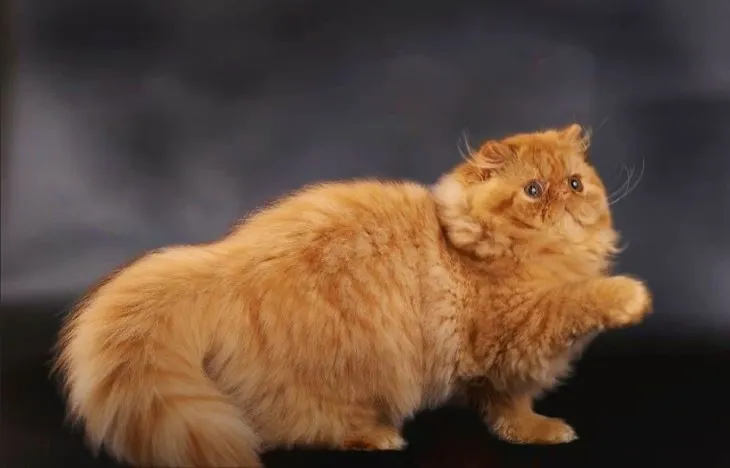
Among all pedigree cats, persian cats have sweet faces with expressive eyes and flowing long coats that are like perfection in luxury.
Maine Coon
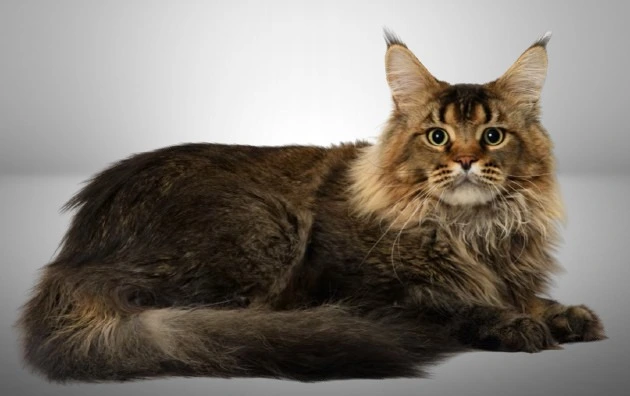
Large size, tufted ears and paws plus bushy tails distinguish Maine Coons from other cats.
Ragdoll
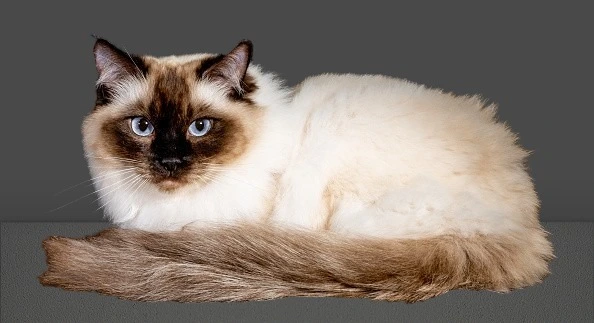
Their semi-long coats and big blue eyes are very beautiful. They love being held, and they go limp when picked up. Their very nature is gentle, affectionate, and perfect for a lap cat.
Bengal
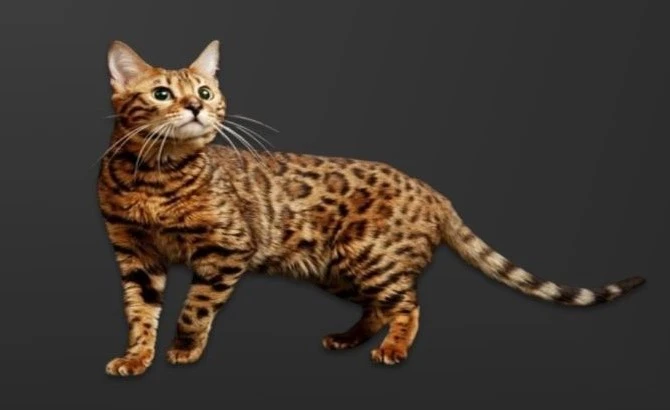
Bengals have athletic bodies that make them look wild. They are lively cats that require lots of playtime and mental stimulation.
Abyssinian
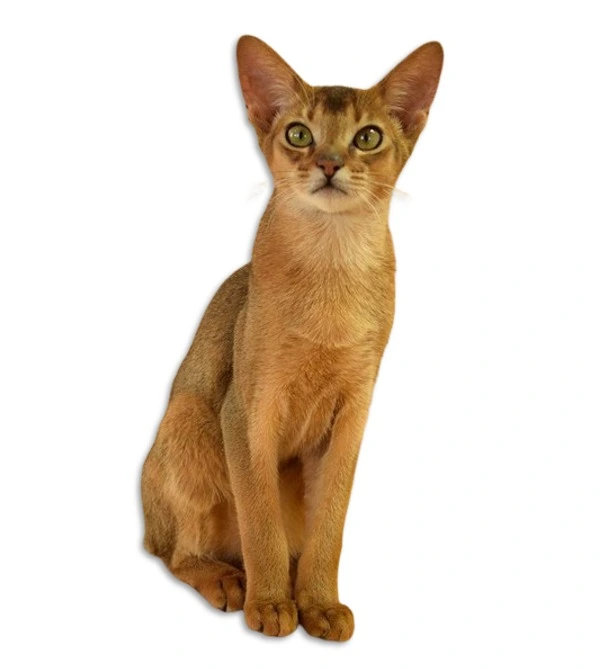
An Abyssinian has a unique ticked coat in which each hair possesses multiple bands of color. These are lean and muscular cats. Some consider Abyssinians one of the oldest breeds that can be linked to ancient Egypt.
Birman
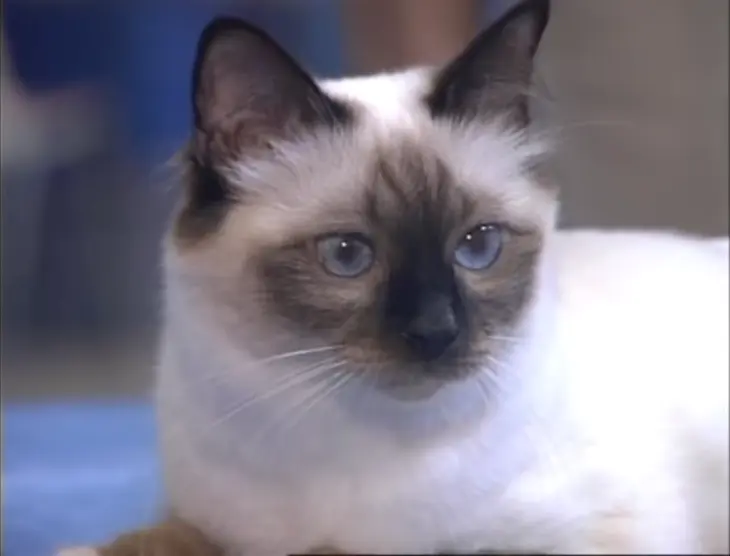
The legend goes that Birmans originated from Burmese temples.
Oriental Shorthair
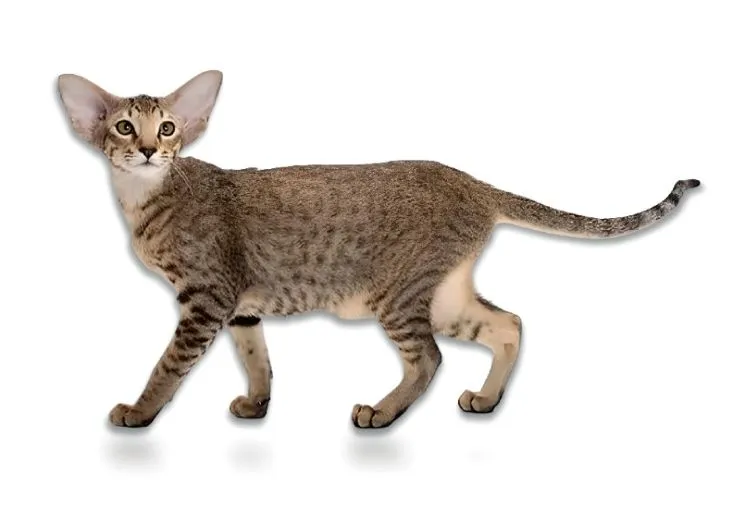
They resemble Siamese in build but come in many colors and patterns for their fur. Oriental Shorthairs love to talk and are highly sociable.
Sphynx
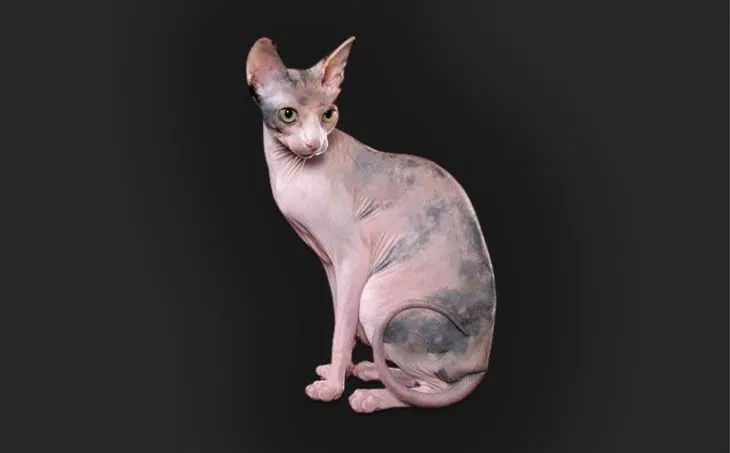
The Sphynx breed of hairless cat has silky wrinkled skin and big ears.
Devon Rex
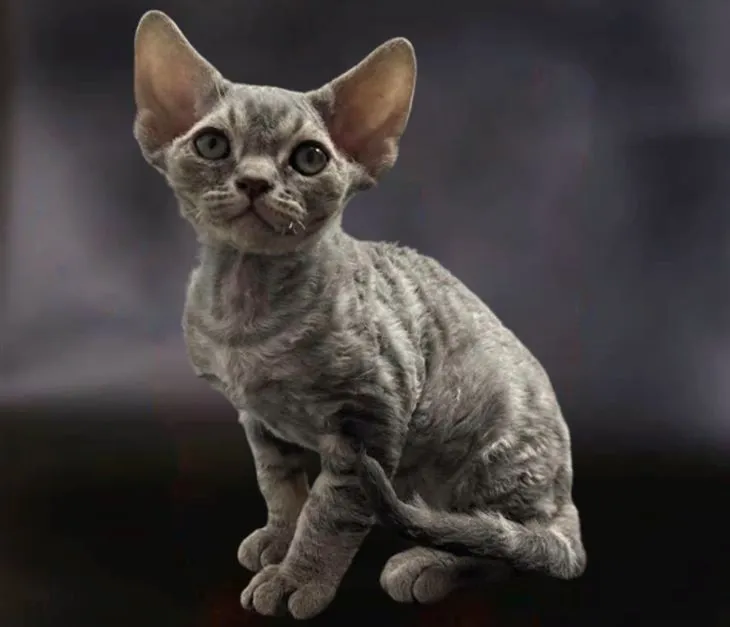
Short, corkscrew curls of fur cover Devon Rexes whose pixie-like faces have large eyes and ears making them almost extraterrestrial.
Himalayan
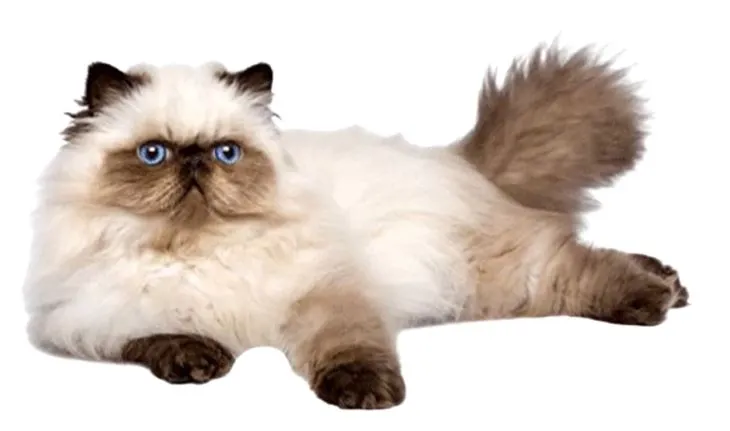
Himalayans have a combination of color patterns from Siamese and flat faces from Persian bread.
American Shorthair

American shorthairs were the cats that were brought to America by the first British or European settlers. They have muscular bodies with thick fur and round faces.
British Shorthair
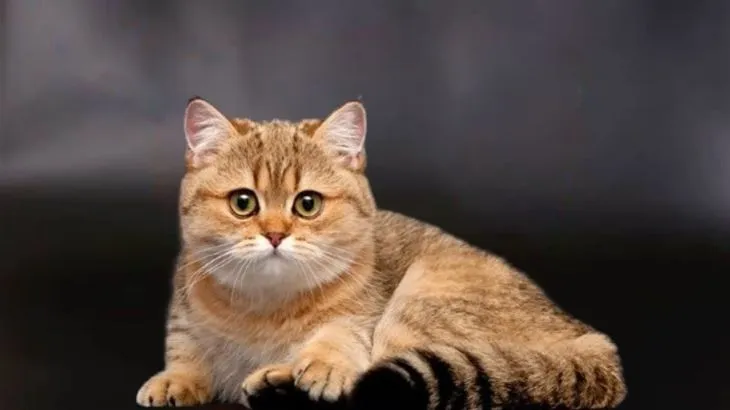
Typically British Shorthair cats are big-boned animals with short blue coats of soft fur. They have cute round faces.
Burmese
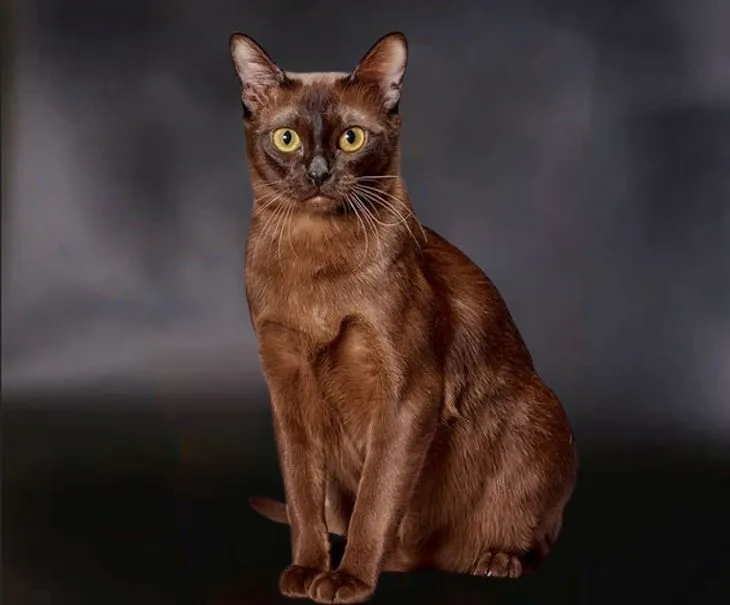
The Burmese cat has soft and shiny hair, an athletic build, and beautiful golden eyes. Besides being known for their enjoyment of playing fetch like dogs do they are also called Burmeses.
Cornish Rex
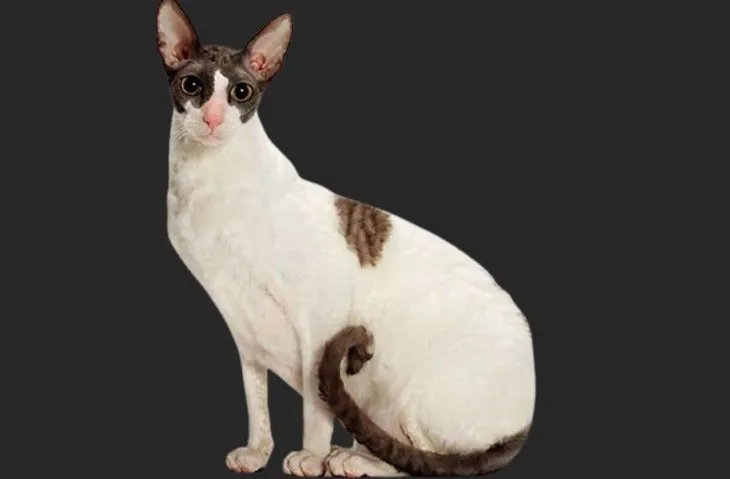
Cornish Rex cats can be easily recognized from their short wavy fur coats, unusually large ears, and thin body structure.
Norwegian Forest Cat
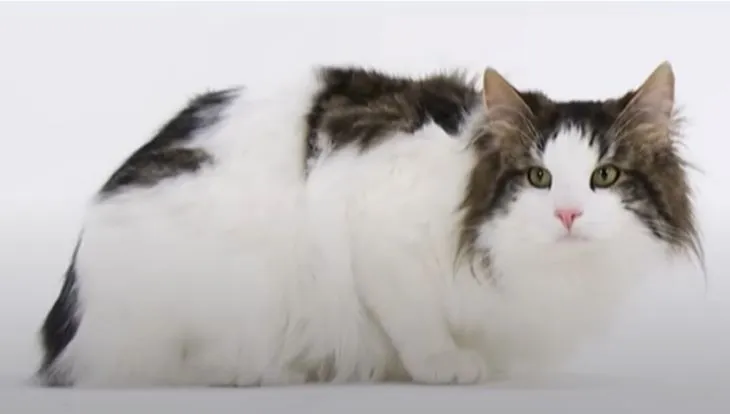
With thick double-layered coats meant to withstand harsh Scandinavian winters, Norwegian Forest Cats boast huge muscular bodies.
Scottish Fold
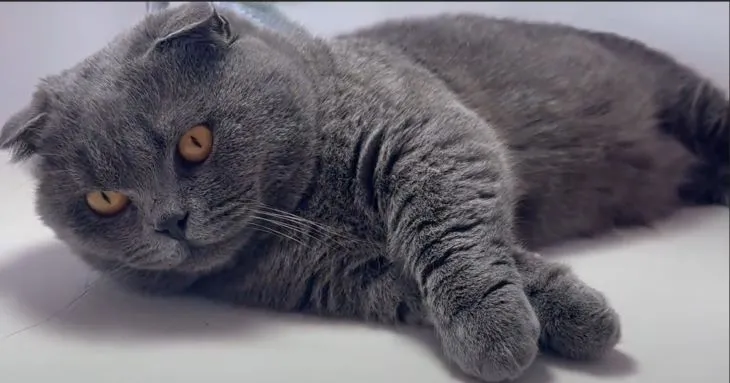
When it comes to Scottish Folds the most prominent feature is their unique folded ears.
Russian Blue
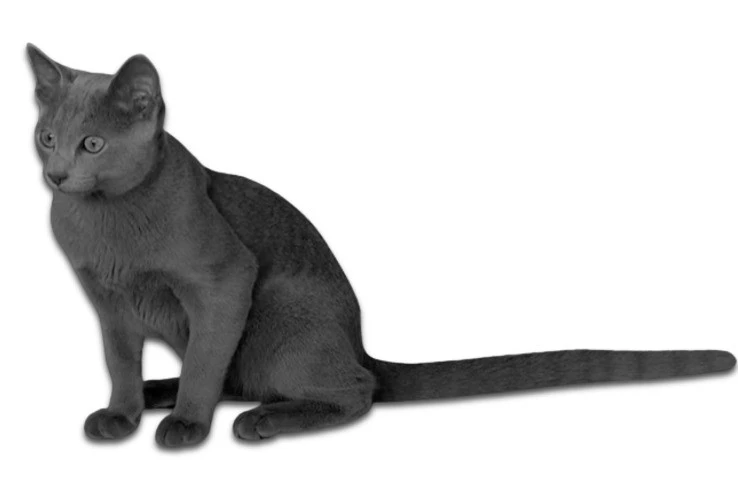
Russian Blues have short plush blue-gray coats and vivid green eyes.
Which Is The Healthiest Pedigree Cat?
This is a difficult question that has no single answer as there is no single pedigree cat breed that is the healthiest among all. But some of the cat breeds with very few health problems are American shorthair and Russian Blue Cats.
Breeds To Avoid
Avoiding breeds is less important than focusing on the individual requirements of a person for a cat. Nonetheless, here are some commonly identified breeds that present serious health issues.
- Persian breeds with extremely flat Faces.
- Munchkin Cats due to their short legs caused by a genetic mutation.
- Some Savannah breeds also need to be avoided due to some wild ancestry in their lineage that causes behavioral complexities.
Conclusion
Although it is clear that pedigreed cats are more expensive, more beautiful, and have some unique personality traits, moggies have their pros also. Also, Pedigree cats don’t come without any disadvantages. They have some serious health concerns to be addressed before bringing one of these beautiful feline creatures into your home. In the end, it all comes down to one’s own personal preference that he can afford and take care of these expensive and sensitive cats.
